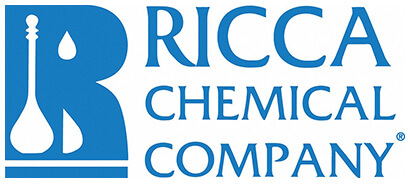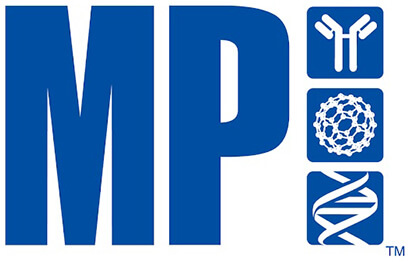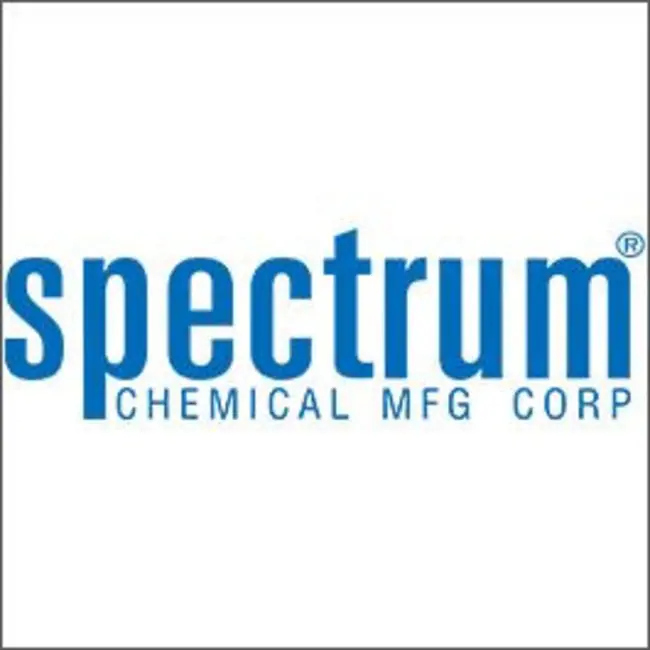Ambient
Showing 61251–61300 of 146505 results
-

BC 11 Hydrobromide
$171.64 Add to cart View Product DetailsMolecular Formula : C8H11BN2O2S . HBr
-

BC 11 Hydrobromide
$790.05 Add to cart View Product DetailsMolecular Formula : C8H11BN2O2S . HBr
-

BC 11 Hydrobromide
$1,361.03 Add to cart View Product DetailsMolecular Formula : C8H11BN2O2S . HBr
-
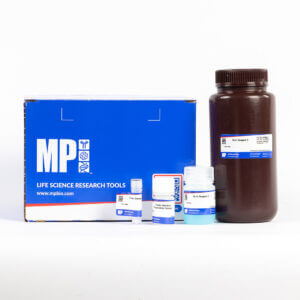
BCA Protein Assay Kit
$163.92 Add to cart View Product DetailsBCA Protein Assay Kit for Protein Quantification
-
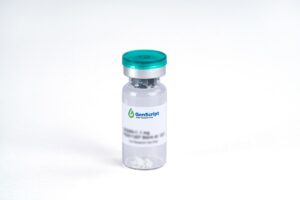
BCA-1/CXCL13, Human
$2,018.25 Add to cart View Product DetailsCXCL13, also known as B-lymphocyte chemoattractant (BLC), is a CXC chemokine that is constitutively expressed in secondary lymphoid organs. BCA-1 cDNA encodes a protein of 109 amino acid residues with a leader sequence of 22 residues. Mature human BCA-1 shares 64% amino acid sequence similarity with the mouse protein and 23 – 34% amino acid sequence identity with other known CXC chemokines. Recombinant or chemically synthesized BCA-1 is a potent chemoattractant for B lymphocytes but not T lymphocytes, monocytes or neutrophils. BLR1, a G protein-coupled receptor originally isolated from Burkitt’s lymphoma cells, has now been shown to be the specific receptor for BCA-1. Among cells of the hematopoietic lineages, the expression of BLR1, now designated CXCR5, is restricted to B lymphocytes and a subpopulation of T helper memory cells. Mice lacking BLR1 have been shown to lack inguinal lymph nodes. These mice were also found to have impaired development of Peyer’s patches and defective formation of primary follicles and germinal centers in the spleen as a result of the inability of B lymphocytes to migrate into B cell areas.
-
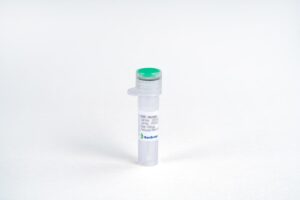
BCA-1/CXCL13, Human
$155.25 Add to cart View Product DetailsCXCL13, also known as B-lymphocyte chemoattractant (BLC), is a CXC chemokine that is constitutively expressed in secondary lymphoid organs. BCA-1 cDNA encodes a protein of 109 amino acid residues with a leader sequence of 22 residues. Mature human BCA-1 shares 64% amino acid sequence similarity with the mouse protein and 23 – 34% amino acid sequence identity with other known CXC chemokines. Recombinant or chemically synthesized BCA-1 is a potent chemoattractant for B lymphocytes but not T lymphocytes, monocytes or neutrophils. BLR1, a G protein-coupled receptor originally isolated from Burkitt’s lymphoma cells, has now been shown to be the specific receptor for BCA-1. Among cells of the hematopoietic lineages, the expression of BLR1, now designated CXCR5, is restricted to B lymphocytes and a subpopulation of T helper memory cells. Mice lacking BLR1 have been shown to lack inguinal lymph nodes. These mice were also found to have impaired development of Peyer’s patches and defective formation of primary follicles and germinal centers in the spleen as a result of the inability of B lymphocytes to migrate into B cell areas.
-
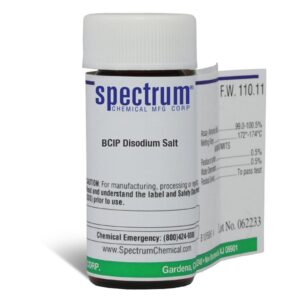
BCIP Disodium Salt
$139.93 Add to cart View Product DetailsBCIP Disodium Salt
-
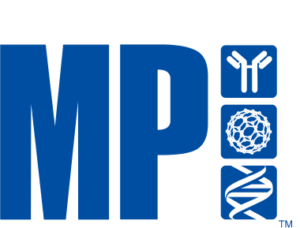
Bcl-2 Inhibitor (HA14-1)
$149.29 Add to cart View Product DetailsBcl-2 Inhibitor (HA14-1)
-

BCMA, Human
$3,458.63 Add to cart View Product DetailsBCMA, a member of the TNF receptor superfamily, binds to BAFF and APRIL. BCMA is expressed on mature B-cells and other B-cell lines and plays an important role in B cell development, function and regulation. BCMA also has the capability to activate NF-kappaB and JNK. The human BCMA gene codes for a 184 amino acid type I transmembrane protein, which contains a 54 amino acid extracellular domain, a 23 amino acid transmembrane domain, and a 107 amino acid extracellular domain.
-

BCMA, Human
$155.25 Add to cart View Product DetailsBCMA, a member of the TNF receptor superfamily, binds to BAFF and APRIL. BCMA is expressed on mature B-cells and other B-cell lines and plays an important role in B cell development, function and regulation. BCMA also has the capability to activate NF-kappaB and JNK. The human BCMA gene codes for a 184 amino acid type I transmembrane protein, which contains a 54 amino acid extracellular domain, a 23 amino acid transmembrane domain, and a 107 amino acid extracellular domain.
-

BD 1008 Dihydrobromide
$157.08 Add to cart View Product DetailsBD 1008 Dihydrobromide
-

BD 1008 Dihydrobromide
$292.12 Add to cart View Product DetailsBD 1008 Dihydrobromide
-
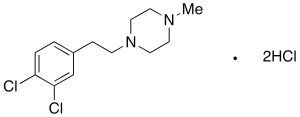
BD 1063 Dihydrochloride
$83.66 Add to cart View Product DetailsMolecular Formula : C13H20Cl4N2
-

BD 1063 Dihydrochloride
$313.95 Add to cart View Product DetailsMolecular Formula : C13H20Cl4N2
-

BD 1063 Dihydrochloride
$555.45 Add to cart View Product DetailsMolecular Formula : C13H20Cl4N2
-
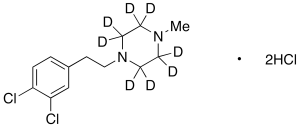
BD 1063-d8 Dihydrochloride
$214.76 Add to cart View Product DetailsMolecular Formula : C13 D8 H10 Cl2 N2
-

BD 1063-d8 Dihydrochloride
$1,668.08 Add to cart View Product DetailsMolecular Formula : C13 D8 H10 Cl2 N2
-

BD-1, Human
$2,238.19 Add to cart View Product DetailsDefensins (alpha and beta) are cationic peptides with a broad spectrum of antimicrobial activity that comprise an important arm of the innate immune system. The α-defensins are distinguished from the β-defensins by the pairing of their three disulfide bonds. To date, four human β-defensins have been identified; BD-1, BD-2, BD-3 and BD-4. β-defensins are expressed on some leukocytes and at epithelial surfaces. In addition to their direct antimicrobial activities, they are chemoattractant towards immature dendritic cells and memory T cells. The β-defensin proteins are expressed as the C-terminal portion of precursors and are released by proteolytic cleavage of a signal sequence and, in the case of BD-1 (36 a.a.), a propeptide region. β-defensins contain a six-cysteine motif that forms three intra-molecular disulfide bonds. β-Defensins are 3-5 kDa peptides ranging in size from 33-47 amino acid residues.
-

BD-1, Human
$142.31 Add to cart View Product DetailsDefensins (alpha and beta) are cationic peptides with a broad spectrum of antimicrobial activity that comprise an important arm of the innate immune system. The α-defensins are distinguished from the β-defensins by the pairing of their three disulfide bonds. To date, four human β-defensins have been identified; BD-1, BD-2, BD-3 and BD-4. β-defensins are expressed on some leukocytes and at epithelial surfaces. In addition to their direct antimicrobial activities, they are chemoattractant towards immature dendritic cells and memory T cells. The β-defensin proteins are expressed as the C-terminal portion of precursors and are released by proteolytic cleavage of a signal sequence and, in the case of BD-1 (36 a.a.), a propeptide region. β-defensins contain a six-cysteine motif that forms three intra-molecular disulfide bonds. β-Defensins are 3-5 kDa peptides ranging in size from 33-47 amino acid residues.
-

BD-2, Human
$2,018.25 Add to cart View Product DetailsDefensins (alpha and beta) are cationic peptides with a broad spectrum of antimicrobial activity that comprise an important arm of the innate immune system. The α-defensins are distinguished from the β-defensins by the pairing of their three disulfide bonds. To date, four human β-defensins have been identified; BD-1, BD-2, BD-3 and BD-4. β-defensins are expressed on some leukocytes and at epithelial surfaces. In addition to their direct antimicrobial activities, they are chemoattractant towards immature dendritic cells and memory T cells. The β-defensin proteins are expressed as the C-terminal portion of precursors and are released by proteolytic cleavage of a signal sequence and, in the case of BD-1 (36 a.a.), a propeptide region. β-defensins contain a six-cysteine motif that forms three intra-molecular disulfide bonds. β-Defensins are 3-5 kDa peptides ranging in size from 33-47 amino acid residues.
-

BD-2, Human
$159.56 Add to cart View Product DetailsDefensins (alpha and beta) are cationic peptides with a broad spectrum of antimicrobial activity that comprise an important arm of the innate immune system. The α-defensins are distinguished from the β-defensins by the pairing of their three disulfide bonds. To date, four human β-defensins have been identified; BD-1, BD-2, BD-3 and BD-4. β-defensins are expressed on some leukocytes and at epithelial surfaces. In addition to their direct antimicrobial activities, they are chemoattractant towards immature dendritic cells and memory T cells. The β-defensin proteins are expressed as the C-terminal portion of precursors and are released by proteolytic cleavage of a signal sequence and, in the case of BD-1 (36 a.a.), a propeptide region. β-defensins contain a six-cysteine motif that forms three intra-molecular disulfide bonds. β-Defensins are 3-5 kDa peptides ranging in size from 33-47 amino acid residues.
-

BD-3, Human
$2,190.75 Add to cart View Product DetailsDefensins (alpha and beta) are cationic peptides with a broad spectrum of antimicrobial activity that comprise an important arm of the innate immune system. The α-defensins are distinguished from the β-defensins by the pairing of their three disulfide bonds. To date, four human β-defensins have been identified; BD-1, BD-2, BD-3 and BD-4. β-defensins are expressed on some leukocytes and at epithelial surfaces. In addition to their direct antimicrobial activities, they are chemoattractant towards immature dendritic cells and memory T cells. The β-defensin proteins are expressed as the C-terminal portion of precursors and are released by proteolytic cleavage of a signal sequence and, in the case of BD-1 (36 a.a.), a propeptide region. β-defensins contain a six-cysteine motif that forms three intra-molecular disulfide bonds. β-Defensins are 3-5 kDa peptides ranging in size from 33-47 amino acid residues.
-

BD-3, Human
$163.88 Add to cart View Product DetailsDefensins (alpha and beta) are cationic peptides with a broad spectrum of antimicrobial activity that comprise an important arm of the innate immune system. The α-defensins are distinguished from the β-defensins by the pairing of their three disulfide bonds. To date, four human β-defensins have been identified; BD-1, BD-2, BD-3 and BD-4. β-defensins are expressed on some leukocytes and at epithelial surfaces. In addition to their direct antimicrobial activities, they are chemoattractant towards immature dendritic cells and memory T cells. The β-defensin proteins are expressed as the C-terminal portion of precursors and are released by proteolytic cleavage of a signal sequence and, in the case of BD-1 (36 a.a.), a propeptide region. β-defensins contain a six-cysteine motif that forms three intra-molecular disulfide bonds. β-Defensins are 3-5 kDa peptides ranging in size from 33-47 amino acid residues.
-

BDE 183
$220.80 Add to cart View Product DetailsMolecular Formula : C12 H3 Br7 O
-

BDE 183
$473.51 Add to cart View Product DetailsMolecular Formula : C12 H3 Br7 O
-

BDE 183
$1,715.51 Add to cart View Product DetailsMolecular Formula : C12 H3 Br7 O
-

BDE 28
$176.81 Add to cart View Product DetailsMolecular Formula : C12 H7 Br3 O
-

BDE 28
$326.03 Add to cart View Product DetailsMolecular Formula : C12 H7 Br3 O
-

BDE 28
$1,380.00 Add to cart View Product DetailsMolecular Formula : C12 H7 Br3 O
-

BDE 28-13C6
$182.85 Add to cart View Product DetailsMolecular Formula : C6 13C6 H7 Br3 O
-

BDE 28-13C6
$834.04 Add to cart View Product DetailsMolecular Formula : C6 13C6 H7 Br3 O
-

BDE 28-13C6
$1,488.68 Add to cart View Product DetailsMolecular Formula : C6 13C6 H7 Br3 O
-

BDE 66
$214.76 Add to cart View Product DetailsMolecular Formula : C12 H6 Br4 O
-

BDE 66
$853.01 Add to cart View Product DetailsMolecular Formula : C12 H6 Br4 O
-

BDNF, Human
$194.06 Add to cart View Product DetailsBDNF, also known as brain-derived neurotrophic factor and abrineurin, is a neurotrophin belonging to the NGF-beta family. It is expressed highly in the brain, and moderately in the heart, lung, skeletal muscle and placenta. BDNF signals through its high affinity receptor gp145/trkB to exert neurotrophic properties. It has been shown to be involved in the survival and differentiation of both the central and peripheral nervous system. Specifically, BDNF regulates synaptic transmission, axonal growth and path-finding, as well as dendritic growth and morphology.
-

BDNF, Human
$63.83 Add to cart View Product DetailsBDNF, also known as brain-derived neurotrophic factor and abrineurin, is a neurotrophin belonging to the NGF-beta family. It is expressed highly in the brain, and moderately in the heart, lung, skeletal muscle and placenta. BDNF signals through its high affinity receptor gp145/trkB to exert neurotrophic properties. It has been shown to be involved in the survival and differentiation of both the central and peripheral nervous system. Specifically, BDNF regulates synaptic transmission, axonal growth and path-finding, as well as dendritic growth and morphology.
-
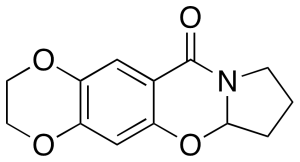
BDP 37
$120.75 Add to cart View Product DetailsMolecular Formula : C13 H13 N O4
-

BDP 37
$154.39 Add to cart View Product DetailsMolecular Formula : C13 H13 N O4
-
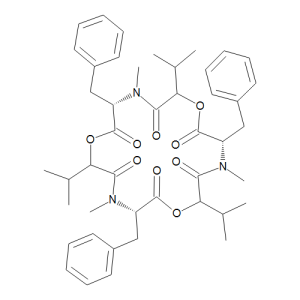
Beauvericin
$188.03 Add to cart View Product DetailsMolecular Formula : C45 H57 N3 O9
-

Beauvericin
$1,446.41 Add to cart View Product DetailsMolecular Formula : C45 H57 N3 O9
-
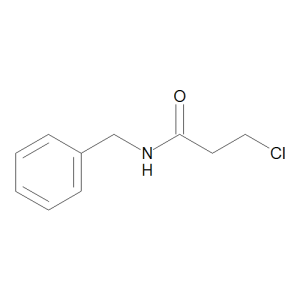
Beclamide
$167.33 Add to cart View Product DetailsMolecular Formula : C10 H12 Cl N O
-

Beclamide
$1,306.69 Add to cart View Product DetailsMolecular Formula : C10 H12 Cl N O
-
Beclomethasone
$108.68 Add to cart View Product DetailsMolecular Formula : C22 H29 Cl O5
-
Beclomethasone
$160.43 Add to cart View Product DetailsMolecular Formula : C22 H29 Cl O5
-
Beclomethasone
$247.54 Add to cart View Product DetailsMolecular Formula : C22 H29 Cl O5
-
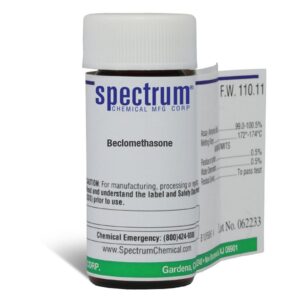
Beclomethasone
$1,823.52 Add to cart View Product DetailsBeclomethasone
-

Beclomethasone 11,17,21-Tripropionate
$220.80 Add to cart View Product DetailsMolecular Formula : C31 H41 Cl O8
-

Beclomethasone 11,17,21-Tripropionate
$1,694.81 Add to cart View Product DetailsMolecular Formula : C31 H41 Cl O8
-

Beclomethasone 17-propionate
$125.93 Add to cart View Product DetailsMolecular Formula : C25 H33 Cl O6
-

Beclomethasone 17-Propionate
$684.83 Add to cart View Product DetailsMolecular Formula : C25 H33 Cl O6


